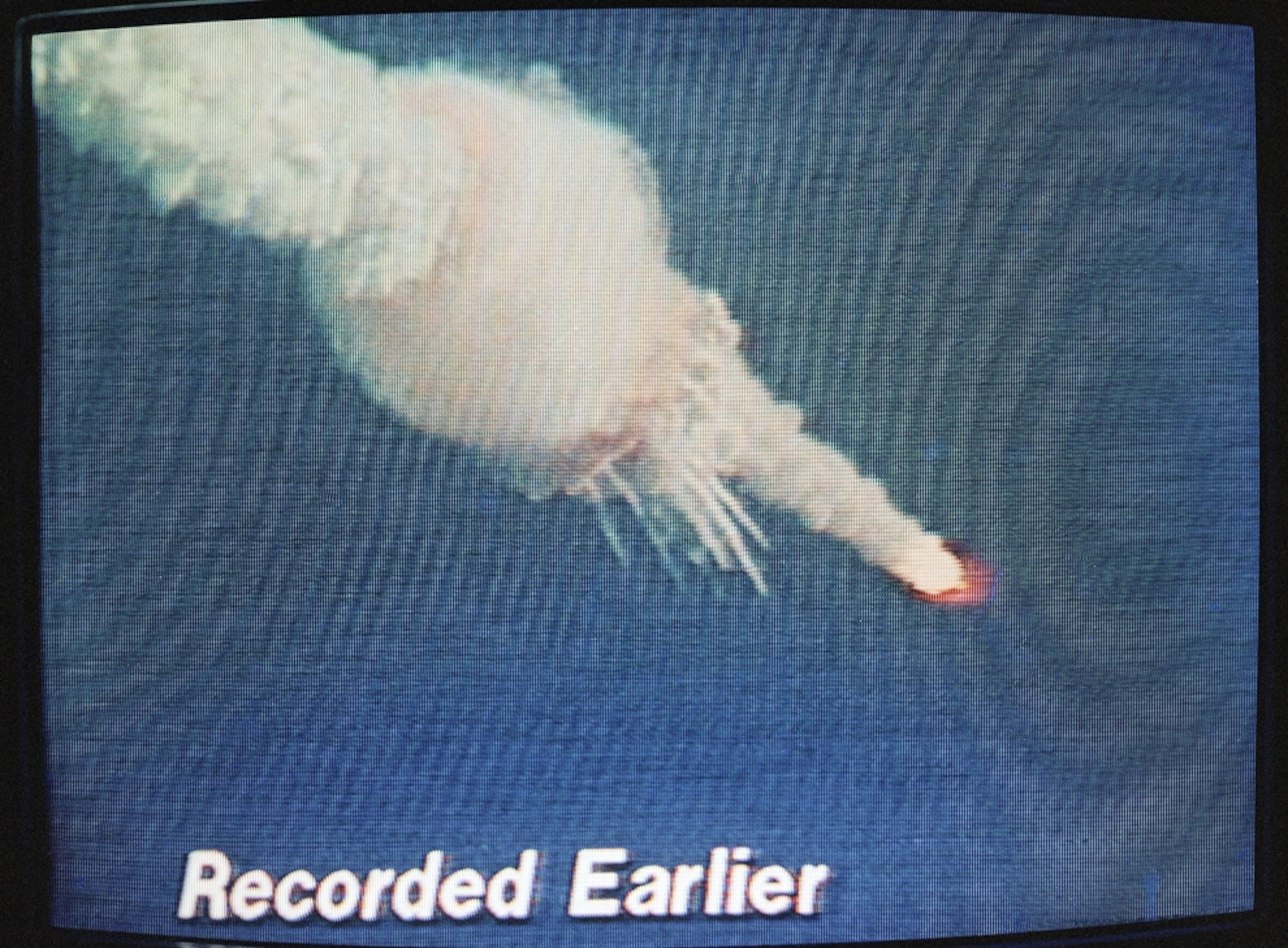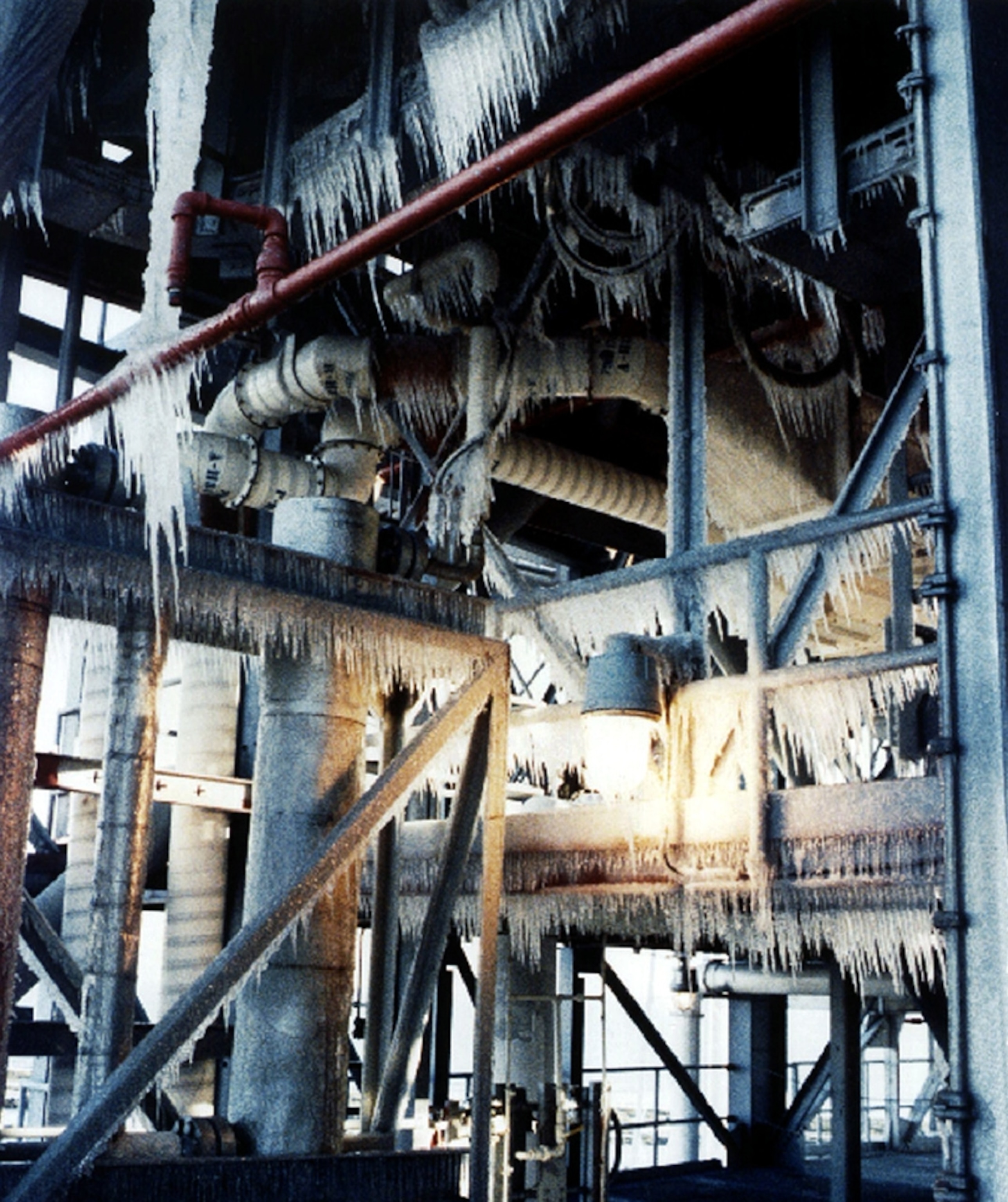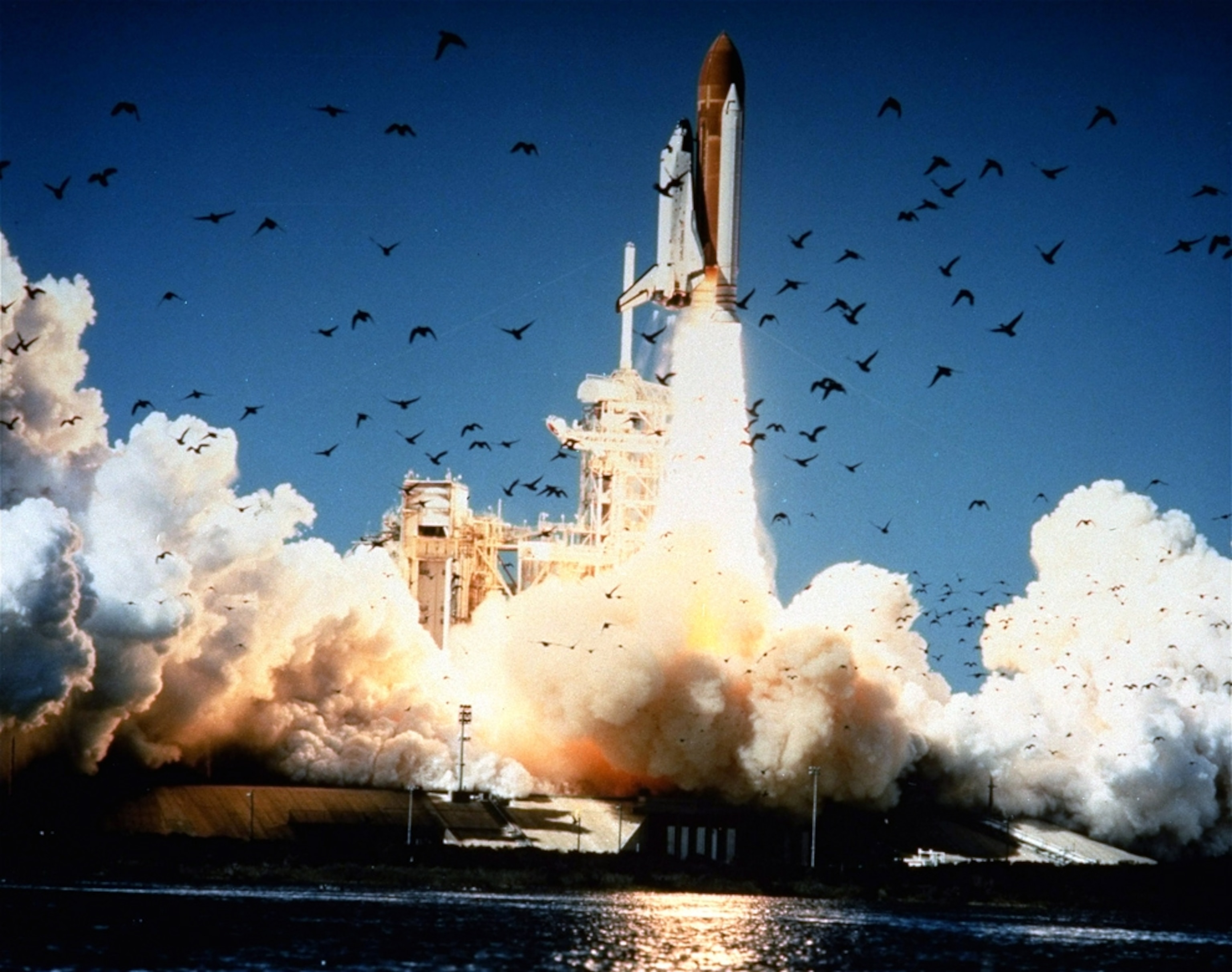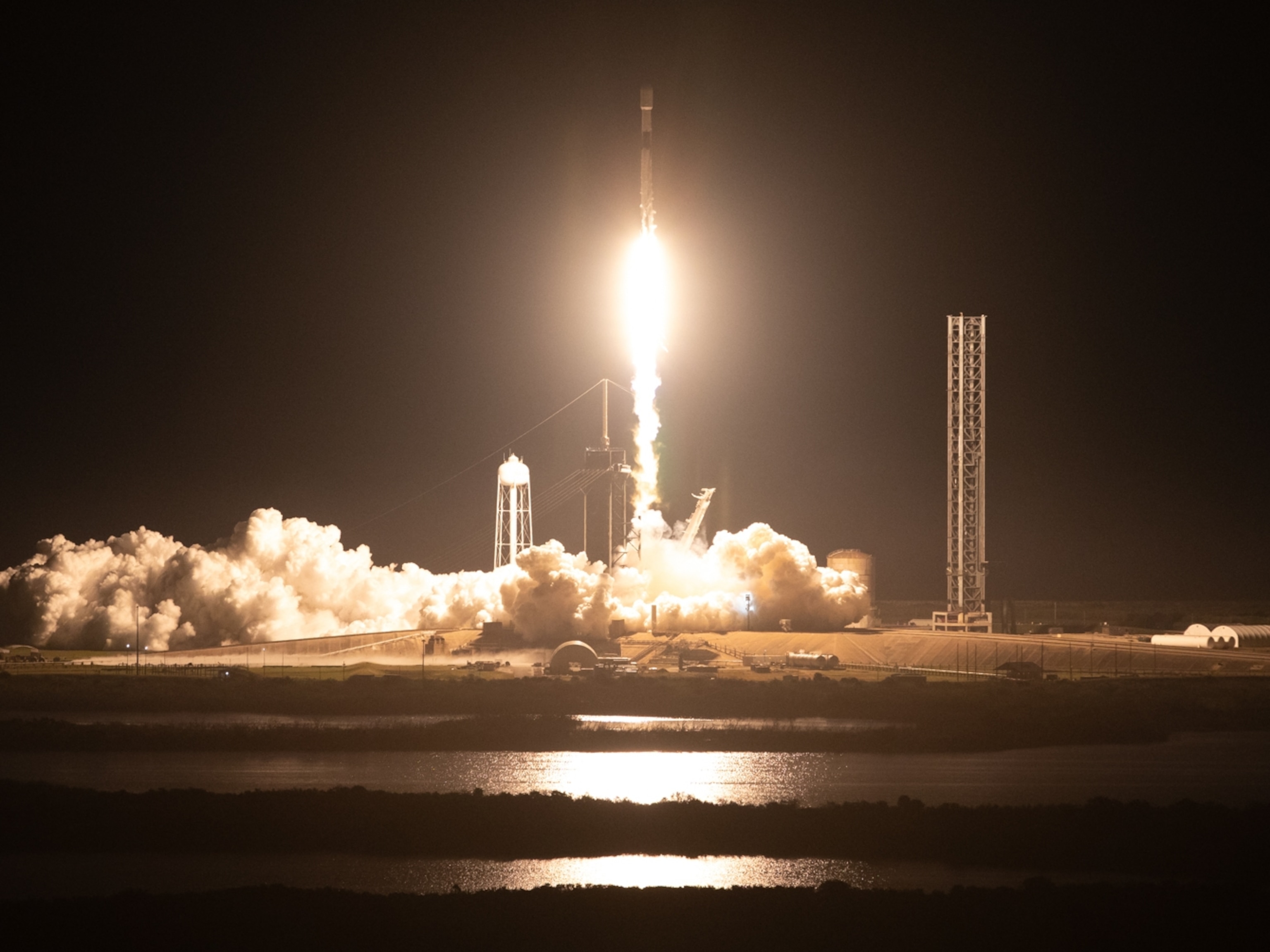A cloud of vapor engulfs the space shuttle Challenger in a picture taken on the morning of January 28, 1986. The disaster claimed the lives of all seven astronauts on board, including high school teacher Christa McAuliffe, and brought NASA's human spaceflight program to an abrupt but temporary halt.Now, on the 25th anniversary of the tragedy, the story of what exactly happened to Challenger remains clouded by faulty memories and misinformation. For example, one commonly repeated myth is that Challenger exploded 73 seconds after launching from Kennedy Space Center in Florida."The shuttle itself did not explode," said Valerie Neal, space shuttle curator at the National Air and Space Museum in Washington, D.C. "I think the origin of that myth is that it looked like an explosion, and the media called it an explosion."
Even NASA officials mistakenly called the event an explosion as the tragedy unfurled. For example, NASA public affairs officer Steve Nesbitt said at the time that "we have a report from the flight dynamics officer that the vehicle has exploded."
Investigations would later reveal, however, that what actually happened was much more complicated, curator Neal said.
The space shuttle's external fuel tank had collapsed, releasing all its liquid hydrogen and liquid oxygen propellants. As the chemicals mixed, they ignited to create a giant fireball thousands of feet in the air. The shuttle itself, however, was still intact at this point and still rising, but it was quickly becoming unstable.
"The shuttle orbiter was trying very hard to stay on its path, because it sensed something very irregular was happening underneath it," Neal said.
"Finally it broke off the tank and—moving so fast but without its boosters and tank—it couldn't tolerate the aerodynamic forces.
"The tail and the main engine section broke off. Both of the wings broke off. The crew cabin and the forward fuselage separated from the payload pay, and those big chunks fell out of the sky, and they further broke up when they hit the water."—Ker Than









